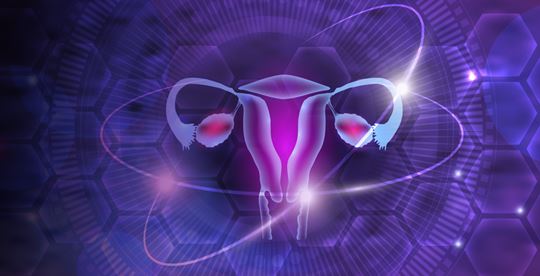Evaluating Anti-Müllerian Hormone (AMH) levels is the first step to understand ovarian reserve, predict response to fertility treatments like in-vitro fertilization (IVF), and monitor the effectiveness of medications for fertility awareness. While AMH plays many other roles in human biology, its role in fertility assessment is especially germane for those striving to start a family.
Roughly 18% of the global population struggles with infertility—approximately 1 of every 6 people.1,2 While there are many potential causes of infertility, around 40% of cases are caused by anovulation or low ovarian reserve.3 Ovarian reserve, an estimate of the egg count, declines with age but also can decline due to certain disease treatments4 or simply genetics. For couples struggling with infertility, knowing the level of AMH present is a starting point on the journey to parenthood.
AMH Levels and Ovulation
The process of ovulation is a delicate balance of hormones. Hormones released by the hypothalamus, pituitary gland, and ovaries regulate the menstrual cycle. Follicle Stimulating Hormone (FSH) stimulates the development of follicles in the ovary, while Luteinizing Hormone (LH) triggers ovulation. Estradiol and progesterone are involved in producing and maintaining the uterine lining. AMH, a protein hormone produced by granulosa cells, serves as an indicator of ovarian reserve and overall reproductive health. In fertility treatments, higher AMH levels indicate that there are more eggs available for stimulation in in-vitro fertilization (IVF).5
AMH levels vary by age and can be used as both an indicator of fertility and a guide for fertility treatments. While a lower AMH level does not preclude successful pregnancy, women with higher levels have been shown to have more useable oocytes and improved oocyte quality in IVF treatment.5 AMH levels are used to determine ovarian response and adjust IVF medication dosages.
Other Applications for AMH testing
Recently, AMH levels were also incorporated in the workup to help diagnose conditions like polycystic ovary syndrome (PCOS)6 and to assess the risk of premature ovarian insufficiency (POI) or staging of menopause.4,5,7,8 Women with PCOS often require IVF due to irregular cycles and lower or lack of ovulation. In cases of POI with uncertain FSH-based testing results, AMH levels can also provide valuable insights.
In addition to its role in women’s health and fertility, AMH testing is used in counseling cancer patients about potential fertility loss, assessing ovarian function following chemotherapy or radiation treatment,7 to understand certain developmental anomalies,9–11 and monitoring the presence of granulosa tumors.12
The Future of AMH Diagnostic Testing
High-sensitivity AMH testing is expected to continue playing a vital role in helping couples achieve their dream of starting a family and assisting in monitoring and understanding women’s ovarian health. With further research and advancements, high-sensitivity AMH testing has the potential to fill the current gap where extremely low levels of AMH might have clinical significance to provide earlier and more complete information and lead to better understanding of the patient’s condition.
Our Commitment to Diagnostic Testing
Beckman Coulter and its proven high-sensitivity immunoassay capabilities are empowering healthcare providers, research organizations, and laboratories to address emerging diagnostic challenges across diverse specialties, from fertility to infectious diseases. We are revolutionizing the next generation in specialized diagnostics through high-sensitivity immunoassays, driving innovation, advancing medical insights, and enhancing diagnostic availability and adaptability to better serve patients in a variety of disease states. We remain committed to innovating high-sensitivity AMH testing to provide better health opportunities for a broader patient population.
Learn how to bring high-sensitivity immunoassay testing solutions to your laboratory.

 English
English





